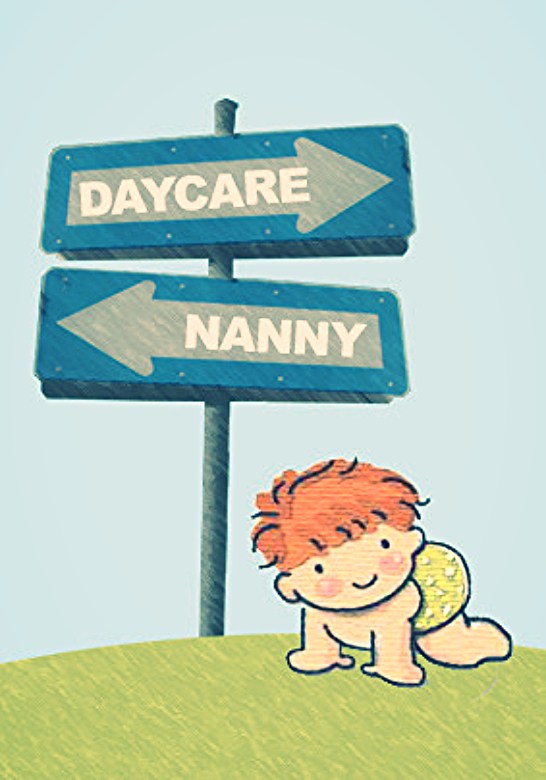Imagine you are getting out of a mall. You are inside a car and suddenly the car takes off and you are out in the air. What would happen? Now narrate this imaginary occurrence to your child and see what happens. You will witness some amazing stories coming out from their little mouth, spreading their wings and flying seamlessly in all directions. That is how imagination in children is.
I remember when I nonchalantly asked my child why her teacher is absent for few days and her reply was that the teacher is not well and she has a cough. The next day, she mentioned that she has gone to her cousin’s wedding. Now that comes from a book that she had read around the same time. She just connected two events thoughtlessly and framed a narrative. How interesting! Also. the conviction in her reply amazed me.
Kids enter into this world with a thought engine that produces so many different stories. The more you ask questions and encourage them to ask, the greater speed the thought engine revs up, never screeching to a hard halt.
Kids have a vivid imagination right from their birth and it is on us to give them a platform and be the wings beneath their imagination. To push and make it shine. Some kids exhibit this amazing quality naturally. It just bubbles up and pours like lava falling down the side of their mind volcano. For some, it stays dormant deep in a corner, waiting to wake up. We, as parents, can exercise few ideas to wake that dormant imagination and make it fly high.
Follow these 9 ideas and I am sure these would open the door of their imagination. These are tried and true methods that I have personally exercised with my child which I am sure would guarantee an aggregable result.
1.Spin a yarn through flashcards:
If you have a phoenix card set, spread the cards. Draw out 3 to 4 cards at a time and try making stories with them. The story should include the pictures illustrated on those 4 cards. Once you finish your story, draw out 4 more and continue until you finish up drawing all the cards. If you do not have the card set, do not worry.
Take a pencil and draw any 4 images of your choice and play this game. For smaller kids, you can try making simple sentences out of the drawn picture cards. Try framing them in a way that you link those sentences to make up a story. If you don’t have any picture cards or you don’t feel like drawing, you can call out or ask your kids to choose any object/objects from your house and do this story making activity. Once they get the drift, you can go one more level up and draw a character and a setting (place) and get them brew up a story.
2. Lookout and tell what you see:
This is my favourite activity with my kid. Stand on your balcony or near your window with your child. Gaze out the window and start the conversation. Tell what you see outside. For example, a tall towering building structure, people running about here and there, a tree, few cars or rickshaws, flight of birds etc. Take turns and speak what you see out there. Add on few details. “I see a man dressed in a white shirt and blue pants. I see a tall building and there are so many floors in it. There is also a girl playing in the building garden. There are so many trees and birds. The sky looks lovely and it is painted pink and white.
Throw in some adjectives. Remember the more you describe, the more descriptive they become. Also, adjective words are the first step towards descriptive writing.
You can go one step further and ask your child, “What do you think the people in the building must be doing? Take turns and play it like a game. On the 3rd floor, I think people must be watching TV. On the 12th floor, children are doing some home assignment and mother is cooking some hot meal etc”. Kids are smart and they are ready with beautiful answers and you will be pleasantly astounded enough to know how their imagination just takes off.
Scroll down to see the other interesting ideas to help fire your child’s imagination.
3. Show it with the lines and curves:
Drawing is the best way to put their imagination on paper. What your mind has is described on paper. The open canvas awaits your child’s imagination. Ask your child to draw whatever they want. Don’t give them any cues.
Let them bring their imagination and more often, they surprise us with their amazing sense of interpretation of things around them. They will collectively bring them in their drawing or go a little bit more in detail to show what the character of an animal or any object is doing or representing.
4. Always start with the cover:
Books are perfect to build the imagination but if you have just begun this journey, then go slow. For more younger kids, show them the cover page and talk more on the cover page. Ask them what he or she is doing. What their names could be. What does the picture say and etc? Give them a floor to bring their thoughts and this conversation could spark up the interest in reading too.
5. Use books as a tool:
Leading to the previous point, books play a pivotal role for a reader to imagine a world beyond reality. While that is true, you can take one step ahead by including the book reference in your day to day conversation.
When we were reading Good Night Moon, a classic, I often bring that book into fore in our conversation or for that matter, A room on the broom by Julia Donaldson also used to appear frequently. Also, ask your child what he or she thinks about the characters or which character they would want to be. When you are talking about books, ask more questions on characters, settings, theme or events. This will not only make them book literate but will help them see the depth of each and every detail of the story.
6. How was your day?
Dinner table conversations could act as a catalyst towards building imagination. Talk about what happened in their school, talk about their friends, teachers and various other happenings. But don’t stop there. Every day ask them what did they imagine that day, what kind of images appear on their mind, etc
This will tell them that you value their imagination and it is okay to think beyond reality and break free the pre-conceived theories and notions, at least for some part of the day.
7. Make-believe world
For younger children, make-believe or pretend play/role play can be the best imagination building exercise. Indulge in those activities and encourage them to come up with such kind of activities. For example, a child can pretend like a character in a book or any person of real life.
8.Spin with Sa-re-ga-ma
Music can also trigger the imagination. We can make use of music to spark the imagination. Ask your child to close the eyes. Then play any music. Ask what they feel listening to that song. Ask what fragrance can they imagine.
What setting they think when they hear that song etc. When they start answering, you can lead them on to develop further and weave a complete yarn out of this small activity.
9. Salad stories
If you think food is mainly to fill your stomach, you are wrong. Food can add value to the imagination too. All you need to do is get the help of the veggies sitting nicely in your refrigerator. Get them one by one and sit with your child. Cut, dice or slice them artistically. For example, you can take coconut if your story has snow in it or you can take capsicum, greens if there are trees in your story. Once the warm-up has happened, ask them to spin a story using those nicely chopped salad veggies. A lot of stories happen through this method and once the activity is done, you can ask your child to finish it up or you can use it up for your meals.
Imagination is the first step in creative storytelling or creative writing. Lets give them a floor to improve and stimulate their imagination and you will see how the imagery finds a way to come through.
So, try the above-mentioned imagination hacks and write to me if you see any positive change in your child. Also, if you have any interesting activities that you carry out with your child in order to raise their imagination power, I would like to know. Tell me in the comments below.




















